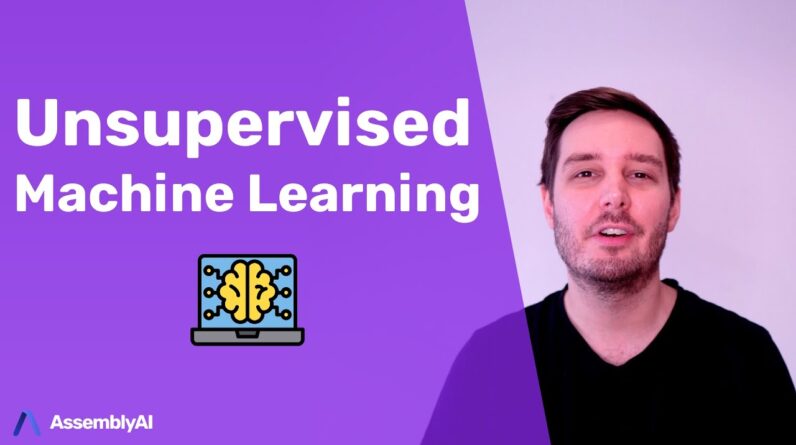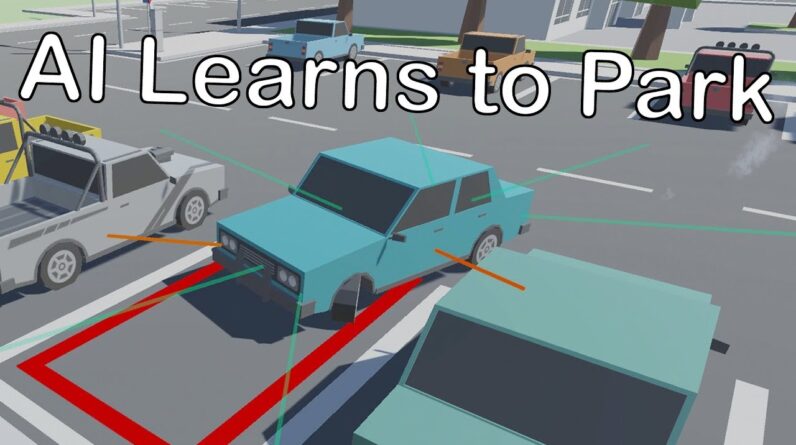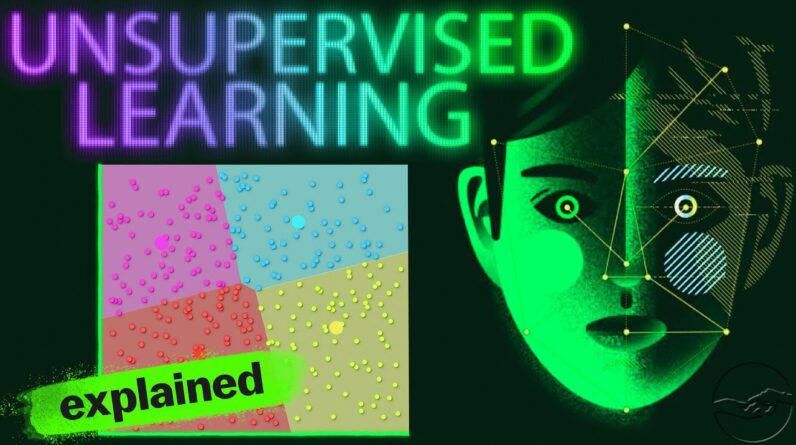Looking to expand your knowledge of machine learning algorithms? In this comprehensive guide, we will dive into unsupervised learning algorithms – what they are, how they work, and how they differ from supervised learning. With the help of Simplilearn’s tutorial, you’ll gain a solid understanding of this essential concept in machine learning. So, whether you’re a seasoned data scientist or just starting out in the field, this guide will provide you with the insights you need to take your machine learning skills to the next level.
A Comprehensive Guide to Unsupervised Learning Algorithms in Machine Learning: Simplilearn’s Tutorial
Machine learning is a rapidly growing field that is revolutionizing the way we interact with technology. Thanks to the advances in artificial intelligence, machines can now learn on their own, without explicit instructions from a human. This is known as unsupervised learning.
In this tutorial, we’ll explore the world of unsupervised learning algorithms in machine learning. We’ll discuss what they are, how they work, and some of the most popular algorithms used in the field.
Introduction
Before diving into unsupervised learning, it’s important to understand the difference between supervised and unsupervised learning. Supervised learning is when a machine is trained using labeled data. The machine learns to make predictions based on this data. Unsupervised learning, on the other hand, is when a machine is trained using unlabeled data. The machine is left to find patterns and make sense of the data on its own.
Unsupervised learning is particularly useful when dealing with large datasets that would be too time-consuming for a human to analyze. It can be used to uncover hidden patterns, group similar data points together, and even create new categories that were not previously known.
The Types of Unsupervised Learning Algorithms
Clustering
Clustering is the process of grouping similar data points together. This can be done in a variety of ways, depending on the type of data being analyzed and the desired outcome. Some of the most popular clustering algorithms include:
- K-Means Clustering
- Hierarchical Clustering
- DBSCAN
Association Rule Mining
Association rule mining is the process of discovering common patterns in large datasets. It is often used in market basket analysis, where the goal is to discover which products are frequently purchased together. Some popular association rule mining algorithms include:
- Apriori Algorithm
- FP-Growth Algorithm
Neural Networks
Neural networks are a type of machine learning algorithm inspired by the structure of the human brain. They can be used for a variety of tasks, including unsupervised learning. Some popular neural network algorithms for unsupervised learning include:
- Autoencoders
- Restricted Boltzmann Machines
- Self-Organizing Maps
Dimensionality Reduction
Dimensionality reduction is the process of reducing the number of variables in a dataset while retaining the most important information. This can be useful when dealing with high-dimensional data that is difficult to visualize or analyze. Some popular dimensionality reduction algorithms include:
- Principal Component Analysis (PCA)
- t-SNE (t-Distributed Stochastic Neighbor Embedding)
Benefits of Unsupervised Learning Algorithms
There are many benefits to using unsupervised learning in machine learning. Some of the most notable benefits include:
- It can be used to uncover hidden patterns and structures in large datasets.
- It can be used to group similar data points together, which can be useful for tasks like market segmentation.
- It can be used to create new categories that were previously unknown, which can be useful for tasks like anomaly detection.
- It can be used to identify outliers and anomalies in data, which can be useful for tasks like fraud detection.
- It can be used to preprocess data before using it in a supervised learning model, which can improve model performance.
Conclusion
Unsupervised learning algorithms are a powerful tool in the machine learning toolbox. They can be used for a variety of tasks, including clustering, association rule mining, neural networks, and dimensionality reduction. By allowing machines to find patterns and structures in data on their own, unsupervised learning can unlock insights that might otherwise be missed.
FAQs
- What is the difference between supervised and unsupervised learning?
- Supervised learning is when a machine is trained using labeled data. The machine learns to make predictions based on this data. Unsupervised learning, on the other hand, is when a machine is trained using unlabeled data.
- What types of unsupervised learning algorithms are there?
- There are several types of unsupervised learning algorithms, including clustering, association rule mining, neural networks, and dimensionality reduction.
- What is clustering?
- Clustering is the process of grouping similar data points together.
- What is dimensionality reduction?
- Dimensionality reduction is the process of reducing the number of variables in a dataset while retaining the most important information.
- What are the benefits of using unsupervised learning algorithms?
- There are many benefits to using unsupervised learning in machine learning. Some of the most notable benefits include identifying hidden patterns, grouping similar data points, creating new categories, identifying outliers, and improving model performance.






